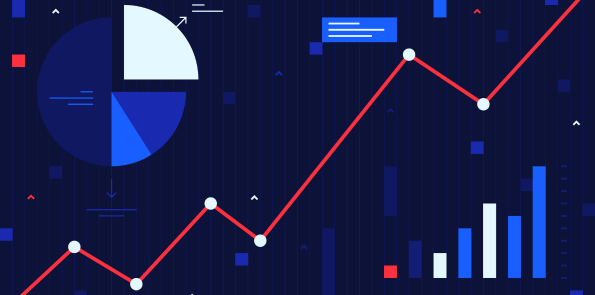Forex Trading 101: A Comprehensive Guide for Beginners

Market Research
Forex Trading 101: A Comprehensive Guide for Beginners
Introduction
Forex trading, also known as foreign exchange trading, is the process of buying and selling currencies in the foreign exchange market. It is one of the largest and most liquid financial markets in the world, with a daily trading volume of over $6 trillion. Forex trading offers incredible opportunities for individuals to profit from fluctuations in currency prices, but it requires knowledge, discipline, and a strategic approach.
1. Understand the Basics
a) What is Forex?
Forex refers to the global decentralized market where currencies are bought and sold. The forex market facilitates international trade and investment by enabling currency conversion. It operates 24/5, allowing traders to participate at any time.
b) Currency Pairs
In forex trading, currencies are quoted in pairs. The first currency in the pair is the base currency, while the second currency is the quote currency. For example, in the EUR/USD pair, the euro is the base currency, and the U.S. dollar is the quote currency.
c) Buying and Selling
When you believe the value of the base currency will rise against the quote currency, you buy the pair. Conversely, when you anticipate the base currency will decline in value, you sell the pair. Profits or losses are realized by the difference in exchange rates.
2. Learn Market Analysis
a) Fundamental Analysis
Fundamental analysis involves examining economic indicators, news events, and geopolitical factors that can impact currency prices. This analysis helps traders understand the underlying forces driving the market and make informed trading decisions.
b) Technical Analysis
Technical analysis involves studying historical price data and using various chart patterns, indicators, and oscillators to predict future price movements. This analysis focuses on market trends, support and resistance levels, and other technical factors.
3. Choose a Trading Strategy
a) Day Trading
Day trading involves opening and closing positions within the same trading day. Day traders aim to profit from small price movements by taking advantage of high volatility. This strategy requires active monitoring of the market and quick decision-making.
b) Swing Trading
Swing trading involves holding positions for a few days to several weeks. Swing traders aim to capture larger price movements and trends. This strategy requires patience and the ability to withstand short-term fluctuations.
c) Position Trading
Position trading involves holding positions for weeks, months, or even years. Position traders aim to profit from long-term trends and are less concerned with short-term price fluctuations. This strategy requires a thorough understanding of fundamental analysis and patience.
4. Practice Risk Management
Risk management is crucial in forex trading to protect your capital from substantial losses. Here are a few risk management techniques:
a) Set Stop-Loss Orders
A stop-loss order is an automatic instruction to close a position at a specific price level. It helps limit potential losses if the market moves against your position.
b) Use Proper Position Sizing
Determining the appropriate position size for each trade is essential. Position sizing involves considering the risk-reward ratio and your account size to control the amount of risk per trade.
c) Diversify Your Portfolio
By trading various currency pairs, you can distribute risk and reduce exposure to a single currency or market. Diversification helps protect against unexpected events that may impact specific currencies.
5. Open a Demo Account
Before risking real money, it is highly recommended to practice forex trading with a demo account. A demo account allows you to trade using virtual funds and simulate real market conditions. It helps you gain experience, test different strategies, and build confidence before transitioning to live trading.
Conclusion
Forex trading offers tremendous potential for individuals seeking financial freedom. However, it requires patience, discipline, and continuous learning. By understanding the basics, learning market analysis, choosing a suitable strategy, practicing risk management, and using a demo account, beginners can increase their chances of success in the forex market. Remember, forex trading is a journey, and it takes time to develop the necessary skills and experience.


